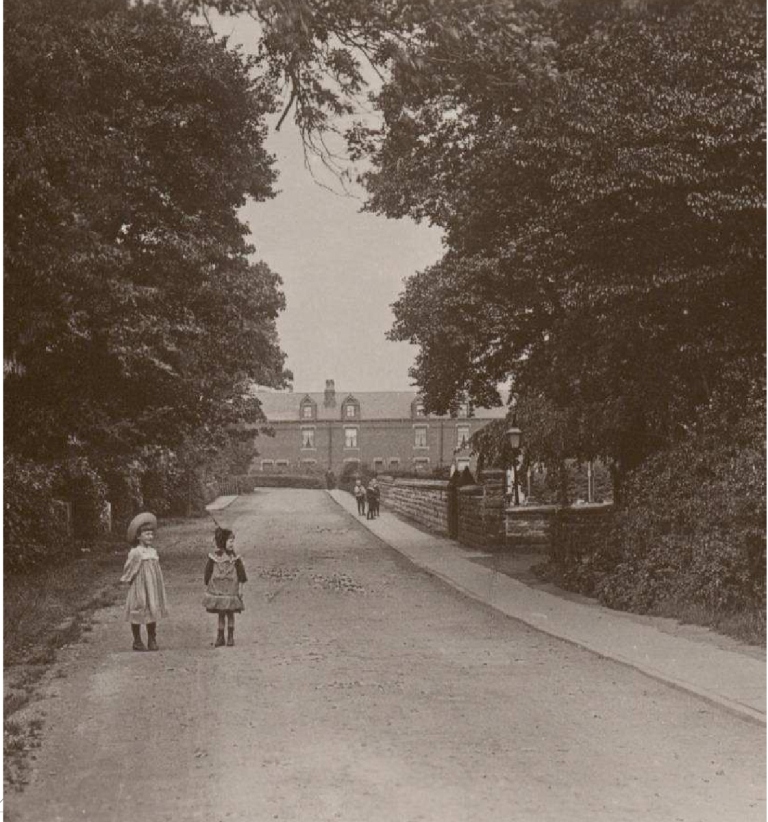 |
CHURCH LANE MANSTON |
"for the purpose of testing the
feeling of the Ratepayers, as to whether the Surveyors should
defend the indictment against them out of public funds" |
 |
CHURCH LANE MANSTON |
DAVID TEAL |
| Sources: The Aberford Railway and the History of the Garforth Collieries – Graham S. Hudson. David & Charles 1971 A History of the Parish of Barwick-in-Elmet in the County of York. F. S. Colman, M.A, Rector – Thoresby Society Vol. XVII 1908 Manston, Whitkirk and Seacroft Parish Magazine – Editions for March, April, June & July 1893 Skyrack Courier – 10th June 1910 |